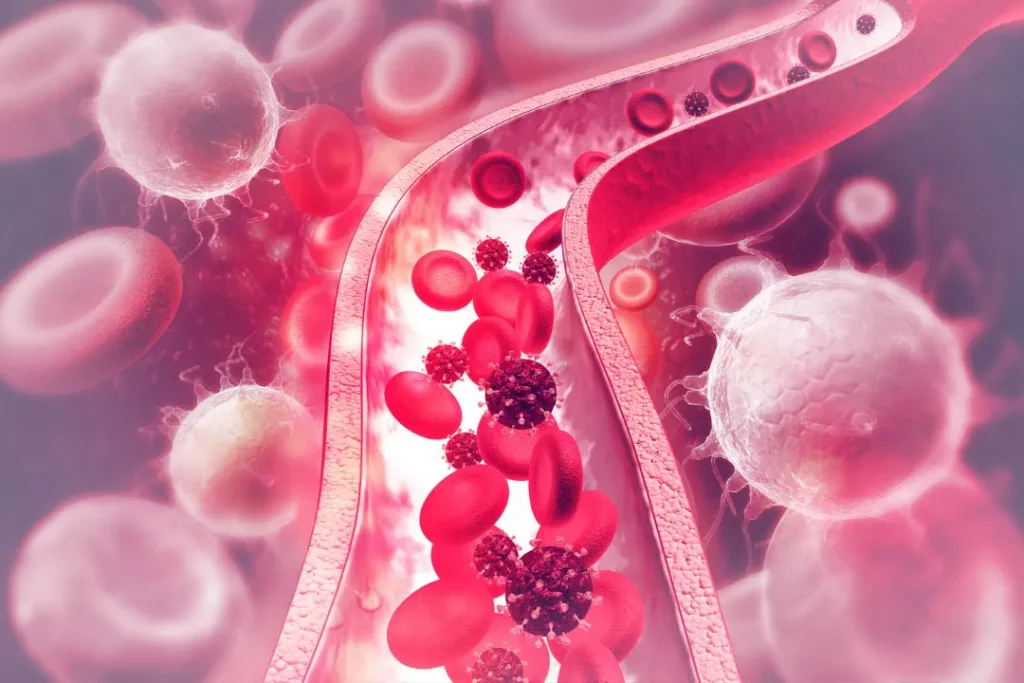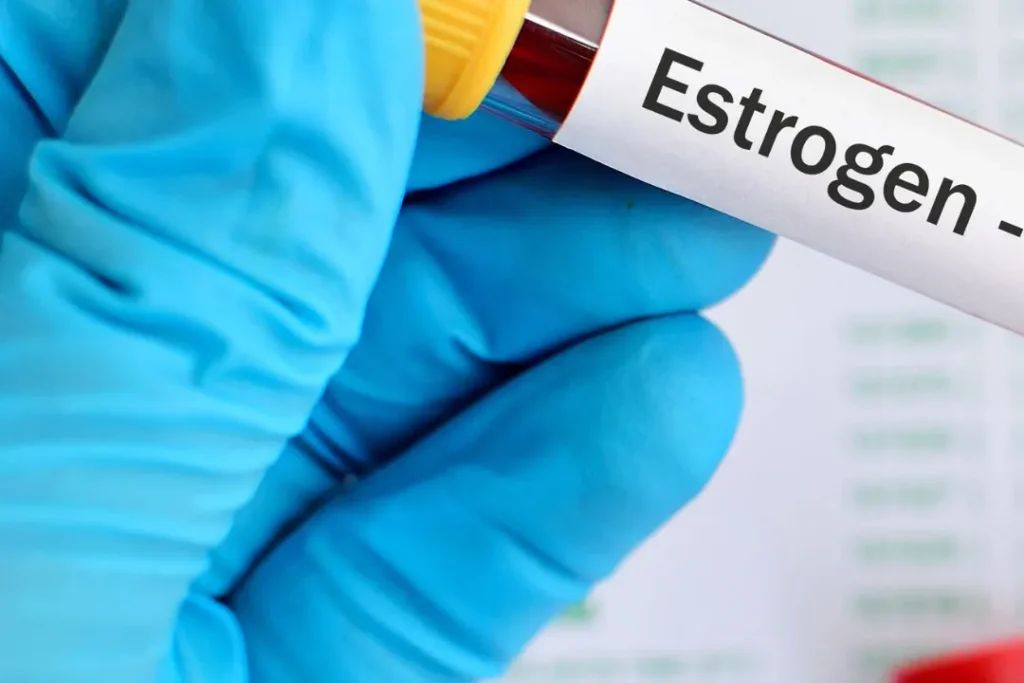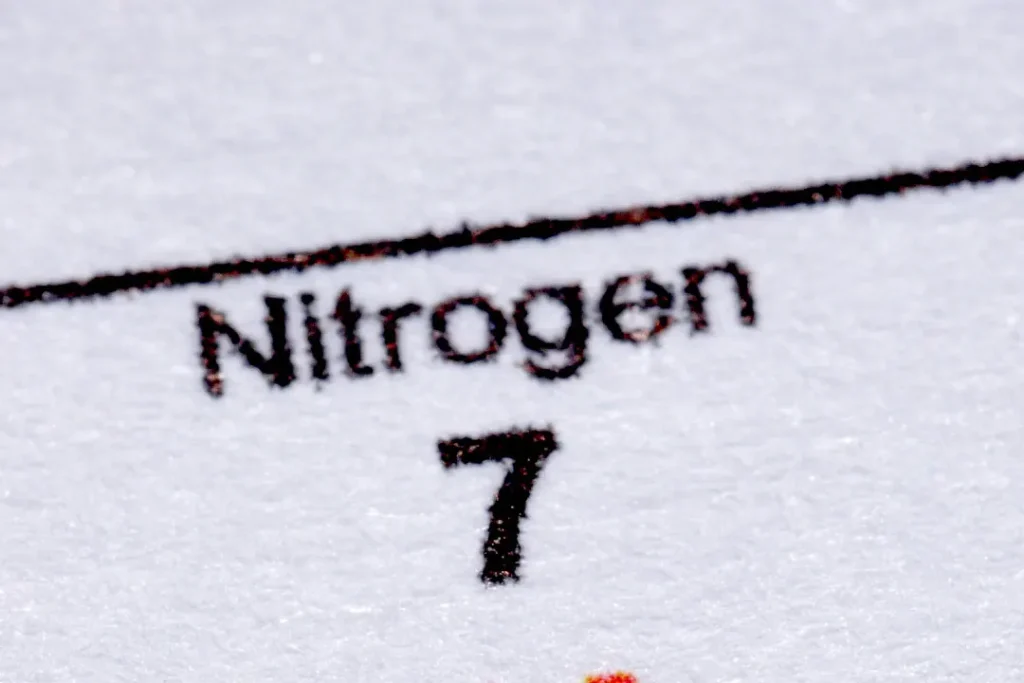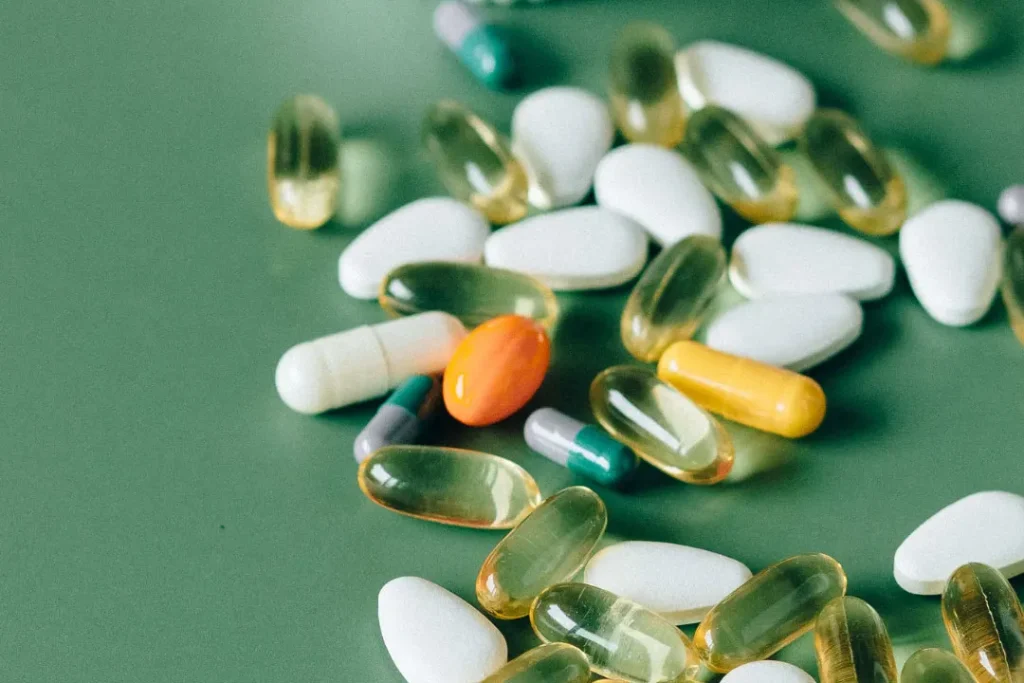A naturally occurring substance called Diindolylmethane (DIM) is present in Brassica plants including broccoli, cabbage, and Brussels sprouts. DIM, a dietary supplement with significant potential, and I3C, a product of dietary indole-3-carbinol, both play important roles in human health. To determine DIM’s acceptability and effectiveness as a dietary supplement, it is essential to comprehend its biochemistry, physiological effects, dose, and potential negative effects. The intention of this article is to aid you with that comprehension.
You May Also Like:
Sunmed CBD vs. Partnered Process CBD: Finding the Best CBD for Sleep
What is Non Restorative Sleep? Here are 5 Great Ways to Get Quality Rest Every Night
Diindolylmethane: Benefits, Dosage, Side Effects, Drug Interactions, and Other Important Information is an original (NootropicsPlanet) article.
Nature of Diindolylmethane
Indole-3-carbinol, which is present in Brassica crops, when digested, produces Diindolylmethane (DIM), an organic molecule. DIM belongs to the class of compounds known as bisindoles because of its structure, which consists of two indole groups joined by a methylene bridge (-CH2).
When indole-3-carbinol is consumed, it is exposed to stomach acid and goes through an acid-promoted condensation process, producing a variety of compounds, including DIM. After being absorbed into the bloodstream, this bioactive molecule is subsequently transported throughout the body, where it interacts with a variety of biological systems, including the immunological, hormonal, and cellular growth pathways.

Health Benefits of Diindolylmethane
Modulation of Estrogen Metabolism: Modulation of estrogen metabolism is one of the most noticeable advantages of DIM. It encourages the breakdown of estrogen into less powerful metabolites, potentially lowering the chance of developing disorders that depend on estrogen. Because breast and prostate cancer are vulnerable to high amounts of strong estrogens, this method may have preventive effects against both tumors.
Immune Response Modulation: DIM also has an impact on immune response modulation. It interacts with a variety of immune cells, including as dendritic cells, natural killer cells, and T cells, which can improve the body’s immunological defenses and surveillance systems. As a result, DIM has the potential to be a useful dietary supplement for preserving immunological homeostasis and enhancing the body’s capacity to fight off illnesses and infections.
Apoptotic Regulation: DIM’s ability to control cell development and induce apoptosis, or planned cell death, is a third important health advantage. This quality is especially important in the context of cancer when unchecked cell proliferation is a distinguishing feature. DIM is a possible adjunctive strategy to currently available cancer therapies because it limits the development of cancer cells and trigger apoptosis.

Chemistry of Diindolylmethane
DIM is a part of the group of chemical compounds known as indoles and has a bicyclic structure made up of a six-membered benzene ring joined to a five-membered pyrrole ring that contains nitrogen. DIM is made up of two indole groups that are joined by a methylene group (-CH2).
DIM is created in the human body from I3C during the stomach’s gastric acid-catalyzed condensation process. Acid-promoted oligomerization of I3C occurs during this intricate process, producing a number of compounds, the most notable and bioactive of which is DIM.

Physiological Mechanisms
According to research, DIM may have a number of modes of action, most of which revolve around its interactions with immunological function, apoptotic pathways, and estrogen metabolism. The regulation of estrogen metabolism is one of the main features of DIM’s action. Instead of the 16-hydroxyestrone route, which results in more strong estrogens, it encourages the conversion of estrogen to its metabolites through a pathway that leads to 2-hydroxyestrone, a weak estrogen. This balance of estrogen metabolism is important for many physiological functions and may have protective effects against illnesses like some types of cancer that are estrogen-sensitive, such as some cancers.
Optimal Dosage
The ideal DIM dose varies depending on the user’s needs and specific variables. In trials, daily dosages of 100–200 mg have often been utilized without any side effects being noted. However, up to 300 mg per day have been utilized in certain trials. DIM should be taken under the supervision of a healthcare professional who can provide you with specific dose recommendations depending on your health situation and needs, as with any supplement.
Side Effects
DIM typically has little adverse effects and is easily tolerated. However, a few people could develop minor side effects including nausea, flatulence, or modifications in urine color. Data on DIM’s interactions with other drugs are currently scarce. But because of its impact on estrogen metabolism, it may interfere with hormone-based treatments, necessitating more research.
Potential Substance Interactions
The Cytochrome P450 enzymes, which are essential for drug metabolism, are strongly induced by DIM. DIM may thus interact with other medications that are processed by these enzymes. To comprehend the scope of these interactions completely and their therapeutic consequences, more research is required.
Best Responsible Use
DIM is an intriguing substance with several health advantages due to its effects on immunological modulation, apoptosis control, and estrogen metabolism. It is a nutritional supplement that may be advantageous to you because it is a naturally occurring substance in Brassica crops, which are plentiful and part of the diets and cuisines of many different people. But just like with any dietary supplement, using DIM calls for your careful thought about the best dosage, any possible adverse effects, and any drug interactions. In order to evaluate the therapeutic potential of DIM thoroughly and to establish its place in clinical practice firmly, further thorough, well-designed research is required.

Diindolylmethane:
Conclusion
You may be a person who has already unintentionally consumed and benefited from Diindolylmethane since it is a chemical produced in the digestion of bountiful crops such as broccoli and cabbage. After conducting your own research and consulting with health care providers, you may choose to consume Diindolylmethane with greater intention, with the purpose of specifically targeting health issues that could use attention. There is an existing, compelling body of research about Diindolylmethane presently that continues to grow. Choosing to include Diindolylmethane as part of your health supplement routine may be what’s right for you.
References:
- “Diindolylmethane.” Retrieved From: https://www.rxlist.com/diindolylmethane/supplements.htm
- “Indole-3-carbinol and 3′,3′-Diindolylmethane antiproliferative signaling pathways control cell-cycle gene transcription in human breast cancer cells by regulating promoter-Sp1 transcription factor interactions.” Retrieved From: https://pubmed.ncbi.nlm.nih.gov/12840223/
- “Anti-Virulence Activity of 3,3′-Diindolylmethane (DIM): A Bioactive Cruciferous Phytochemical with Accelerated Wound Healing Benefits.” Retrieved From: https://www.mdpi.com/1999-4923/14/5/967
Important Note: The information contained in this article is for general informational purposes only, and should not be construed as health or medical advice, nor is it intended to diagnose, prevent, treat, or cure any disease or health condition. Before embarking on any diet, fitness regimen, or program of nutritional supplementation, it is advisable to consult your healthcare professional in order to determine its safety and probable efficacy in terms of your individual state of health.
Regarding Nutritional Supplements Or Other Non-Prescription Health Products: If any nutritional supplements or other non-prescription health products are mentioned in the foregoing article, any claims or statements made about them have not been evaluated by the U.S. Food and Drug Administration, and such nutritional supplements or other health products are not intended to diagnose, treat, cure, or prevent any disease.


